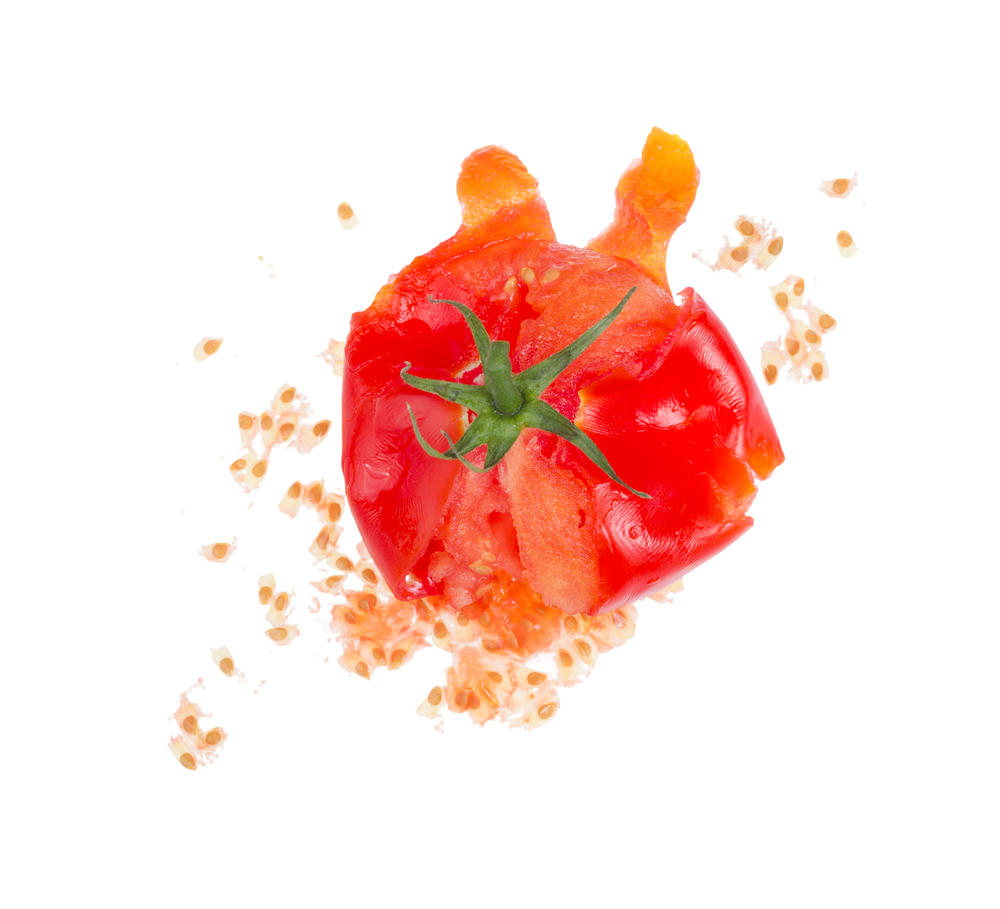Nothing can be more frustrating than time spent on preparing healthy meals only to watch them soar through the air and slam onto the floor. If you are at your wits end with a child who’s throwing food at home, let’s talk about why it is happening and what you can do to teach your toddler to stop throwing food.
Throwing food is a common developmental feeding milestone. Here’s what you need to know about developmental milestones occurring over the first two years that will increase the likelihood of throwing during mealtimes.
Weaning and Early Feeding – 6 Months
By age six months, most babies should be able to stabilize their core. This allows them to tolerate sitting up in a high chair to begin their introduction of pureed foods. At this time, your baby is still developing control and coordination of their fine motor skills. They will require lots of repetition to gain the fine motor control needed to pick up food and bring it to their mouths. Throwing or dropping food during this stage of development is normal and due to lack of strength and coordination. Lots of patience, praise for successful pick ups and practice is the way to go!
The Gravity Game – 9 to 12 Months
Around 9 to 12 months, your little angel is going to be exploring gravity and object permanence. During this time, it’s common for your baby to drop items off of their strollers, high chairs and car seats…and to do so repeatedly and with excitement. Your baby is learning what happens when objects disappear and they are anticipating where they went and when they will reappear. This is an exciting time, but it can be frustrating when these concepts are tested out with food during mealtimes. Hang in there!
Independent Feeding – 15 to 18 Months
Fifteen-month-olds continue to gain fine motor strength and coordination required for eating and are busy exploring their world with a new gross motor skill – walking. During this stage, your child is feeling more independent and will want to transfer that independence to feeding too. You can introduce eating with utensils now and expect that it is normal for items to drop as they build new skills. Dropping foods is normal during this developmental stage.
Toddlers – 18 to 24 Months
Let’s keep it real! Toddlers throw because independence has kicked in full swing. During this stage of development your child is capable of throwing intentionally, and there’s a good chance that this behavior will find it’s way to your table. So what’s a parent to do?
During the early developmental stages, your children simply need your love and patience. You can further support your tiny eaters and reduce throwing by limiting the volume of food they are given at one time, re-directing their attention to something else and by praising them when they have demonstrated moments of successful eating.
Independent toddlers are in an entirely different story. By age 2, your child has made significant development in social cognition and should demonstrate emerging theory of mind. This means your sweet angel should be able to tell the difference between the thoughts in their mind and objects in their world. You’ll know your child has reached this milestone when they begins to use pretend play. For instance, they can show that they can understand the difference between an object – a piece of cheese – and thoughts about the object – using it as a boat that sails around their plate.
Your little lovelies can also understand that parents will feel happy when they use certain behaviors and sad with other behavioral choices, in addition to understanding, that what they want won’t necessarily match what their parents want. A sign that this awareness has developed in your child is when you see changes in your child’s language more specifically, the emergence of the dreaded “I don’t like this!”
When children throw foods or cups and parents remove them – these items simply disappear and any required interaction with them is over.
So let’s take a minute to think about what children learn when you take items away after they’ve throw them. They’ve learned that if they don’t want something, that if something feels hard, they simply have to chuck it and viola – they’re done! This is what they wanted. So unfortunately, they also learn to throw faster next time. Many parents are unintentionally rewarding negative behaviors by giving their child the desired result, because let’s be honest, we are not going to let our children eat off of a floor. We know it and they know it.
Want the solution? Calm and consistent behavioral strategies will eliminate throwing. When your child throws food, your response should simply, calmly and sweetly be, “Oh no! You made a bad choice. That’s so sad. Now you have to clean it up.”
Calmly and gently use hand-over-hand to help your little one pick up the thrown object and place it in the right place (ie. garbage can, table, counter). While doing it, you can say, “It’s not fun to pick up food off the floor; we keep food at the table.” When the task is finished, your child should go back into their seat and be given a replacement for what they dropped.
If they threw food because it was hard; you will need to support them. Give them just one more piece and help them quickly kiss it good-bye. Show them the correct place to put foods that feel hard and move on positively with your mealtime.
Throwing is a symptom. It’s a negative behavior that stems from a food feeling hard for your child. These feelings are real and they require a calm, consistent reaction (even if you are incredibly frustrated). Remember that you are teaching and they are learning through every single refusal. Slow gradual approach is the way to go!
Need more help with mealtimes? Join Nourish now for live support with your baby’s journey into feeding. Discover the details and reserve your spot now! Use promo code “chewchew20” to save 20%.



